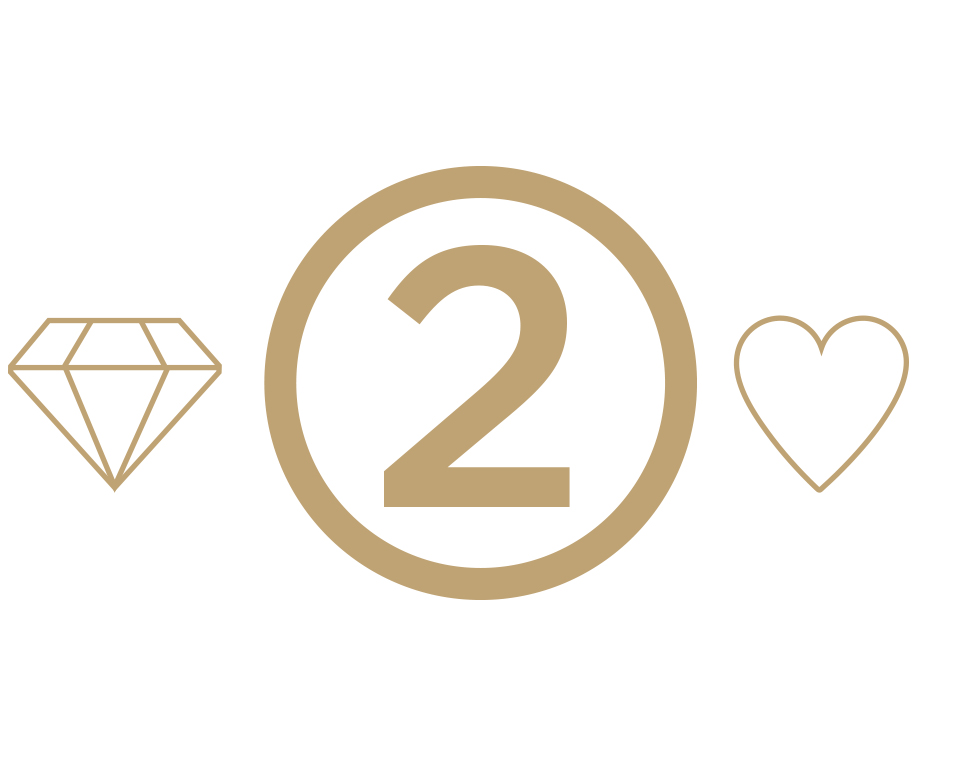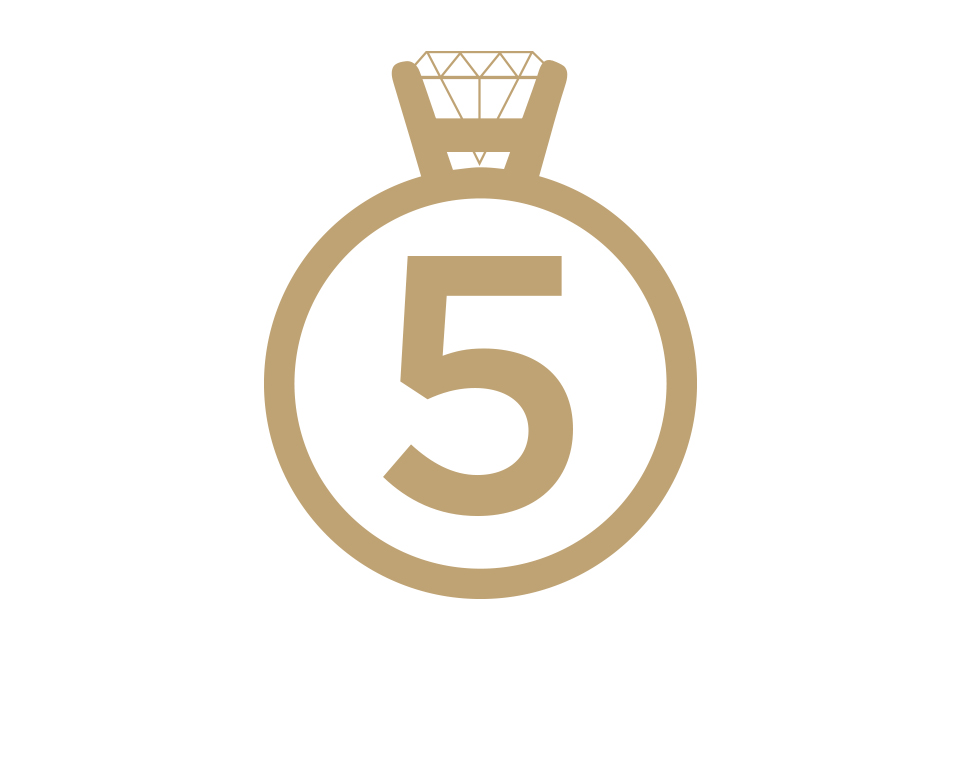Busting 5 Myths about Diamonds
February 28th, 2017 / Alese Oldenburg
Over the past few months, you may have seen commercials called “Real is Rare” that glorify mined diamonds as a symbol of love. It was paid for by the Diamond Producers Agency, established by seven of the world’s biggest diamond mining companies, in an effort to “recapture the millennial market.” You can read about the campaign in the Los Angeles Times article, Chasing after millennial shoppers with Oscars commercial about diamonds, here.
Why did these seven mining companies fund this effort? Who are they trying to “recapture” business from? Well, from companies such as Diamond Nexus that have exposed the truth about mined diamonds. We happen to think that people can come to their own conclusions about mined diamonds vs. simulants vs. lab grown diamonds when they have all the facts.
So, here are five facts about mined diamonds:

They’re not actually rare.
The diamond industry carefully controls the supply of diamonds that are available. That means higher prices and a false sense of scarcity. More than 135 million carats are mined every year—but they’re stockpiled instead of flooding the market.

Diamonds haven’t always been a symbol of forever love.
In fact, they started popping up in engagement rings in the 1930s. De Beers, the world’s largest diamond cartel, had its ad agency come up with a way to sell more diamonds. You’ve heard the phrase: “A diamond is forever.” That, along with the three-month-salary rule, is all part of one huge ad campaign.

Mining destroys the environment and working conditions are ghastly.
Even so-called “conflict-free” diamonds from Canada scar the landscape permanently by digging massive pit mines that can be seen from space. And it’s nearly impossible to track diamonds from their origin mine to the store; so no one actually knows if the diamond has funded civil war or been mined under conditions akin to slavery.

You have other choices.
Technology advances mean you have many more options. Just ten years ago, there were few good alternatives to mined diamonds. With these technological advances, there are now a wide range of choices, from lab grown diamonds to moissanite to heirloom-quality simulants. With high-quality choices now available, there is absolutely no reason to buy a mined stone—ever.

You don’t have to make any sacrifices to get what you want.
Want a 2-carat solitaire? Don’t settle for a poor quality or small diamond instead. The cost of a diamond engagement ring can bring on sticker shock for couples preparing to get engaged.
That is reality. And that’s where alternatives come in.
While lab grown diamonds are similarly priced compared to mined diamonds, simulants and diamond alternatives are typically much less expensive and, arguably, more beautiful and pure.
We didn’t think you needed a television commercial shot on a farm to understand the truth in that.

